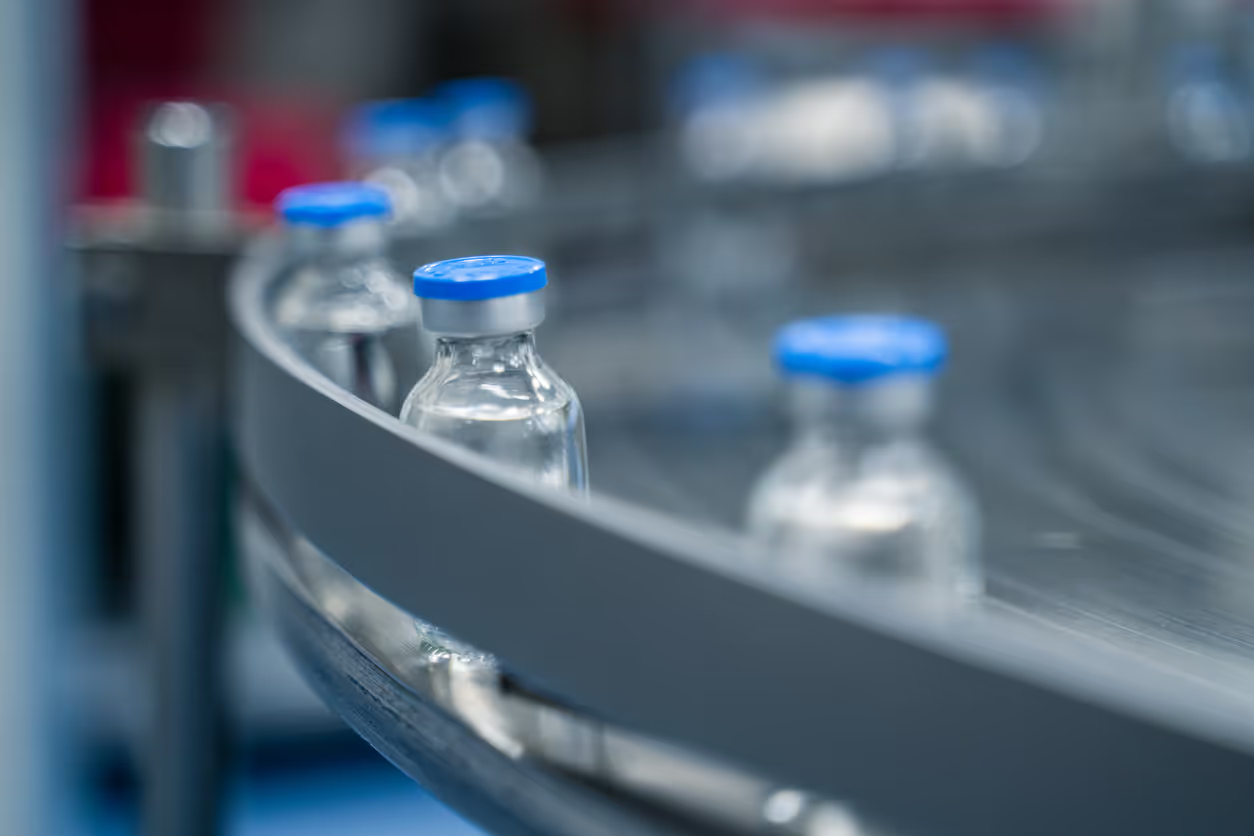Metabolism is the process of converting the food (and drinks) we consume into energy. Even at rest, our bodies burn energy to maintain internal functions (blood circulation, muscle repair, breathing, producing hormones, etc.) The number of calories your body needs to carry out these internal basic functions is your metabolism.
Some of our bodies are more efficient at this process than others, and that is what the idea of “fast” and “slow” metabolisms refers to. If your metabolism is "high" (or fast), you will burn more calories at rest and during activity. A high metabolism means you'll need to take in more calories to maintain your weight. That's one reason why some people can eat more than others without gaining weight. A person with a "low" (or slow) metabolism will burn fewer calories at rest and during activity and therefore has to eat less to avoid gaining weight.
There are 3 components of metabolism
- Your Basal Metabolic Rate (BMR) is the number of calories you burn doing nothing, i.e. just letting your body take care of basic functions, and it accounts for the biggest chunk (about 70%) of total calories burned throughout the day. BMR is influenced by many factors including your height, weight, age and gender. Your BMR is also partly determined by the genes you inherit.
- The thermic effect of food—the energy needed to digest, absorb, transport, and store the food we eat—accounts for about another 10%. Protein has the highest thermic effect (compared to carbs and fat).
- Energy used in physical activity accounts for the rest (about 20%).
What can slow down metabolism
Weight loss (especially drastic weight loss or yo-yo dieting).
As we lose weight, our basal metabolic rate (the energy used for basic functioning when the body is at rest) slows down. This is the body's natural defense mechanism to avoid dire consequences of starvation. When the body sees that it's not getting the calories it needs, it assumes that there is not enough food available, so it starts holding on to fat reserves and increases the hormones which make us feel hungry. This is an important survival mechanism, but can impede our progress when we try to lose weight!
A careful scientific study of this process was conducted during the television show “The Biggest Loser”: In 2016, researchers followed 14 contestants during and after competing on the show. All 14 contestants experienced drastic weight loss (an average of 100 pounds in 30 weeks). Contestants cut their caloric intake significantly, eating only 1200 calories a day, and exercised at least 90 minutes each day. They lost an average of 25 pounds of muscle mass during the show. Six years later the study found:
- Participants regained 70% of the lost weight.
- Levels of Leptin (the hormone that makes us feel full) had decreased, and levels of Ghrelin (the hormone that makes us feel hungry) had increased - so participants were constantly hungry even though they had regained a lot of the weight.
- Metabolic rate had slowed down significantly and remained low despite weight regain. Compared to a typical man/woman of their current size who had never been heavier, they were burning 500 fewer calories per day.
Bottom line: six years later and a bunch of weight regained, their bodies still remembered their highest weight and evidence that they were still fighting to get back to it could still be measured.
So how do we boost metabolism?
1. The number one way is by building muscle through weight resistance activities. The more muscle you have the faster your metabolism. It takes more energy to maintain muscle than it does fat so we burn more calories. Imagine you spend an hour at the gym running on the treadmill. Once you finish that hour of running your body is done burning those calories. If you devoted that same hour to doing a weight resistant activity such as lifting weights, or doing squats, not only would you be burning calories during the activity, but because over time these help you put muscle on, you will actually be burning more calories throughout the day. People who have built up more lean muscle tissue have higher resting metabolic rates than those with more fat tissue.
- Starting around age 30 we naturally lose muscle every year - physically inactive people can experience anywhere from a 3-5% reduction in lean muscle mass every decade. Without the muscle tissue, metabolism naturally slows down.
Examples of activities you could do to build muscle:
- Weight training
- Resistance bands
- Push-ups, pull-ups, sit-ups
- Yoga, pilates
- Climbing stairs
- Physiology ball
- Doing squats and planks
2. Add high-intensity interval training to your exercise routine. After a period of interval training, your metabolism can stay revved up for as much as a full day. For example, when you're walking or jogging on a treadmill or outside, speed up for 30 to 60 seconds, and then slow to your usual pace; repeat the cycle for 8 to 12 minutes.
3. Eat adequate amounts of protein. Protein has a higher thermic effect compared with fats and carbohydrates because it takes longer for your body to burn protein and absorb it so we actually burn more calories breaking down protein compared to other nutrients. When we digest protein it breaks down into amino acids, which is used to build muscle so weight training must be accompanied by eating enough protein in order to be successful in building muscle. Protein also makes you feel more satisfied after a meal, so this could keep you from overeating. But keep in mind that this effect is small, the majority of weight loss is explained by a deficit of calories and an increase in exercise, not because of changes in the percentage of protein in a diet.
- Aim to include at least 20 grams of protein at every meal
For example:
- 3-4 oz (size of a deck of cards/palm of your hand) of chicken/turkey
- 3 eggs
- 8 medium shrimp
- 1 cup cottage cheese or greek yogurt
- 1 cup lentils
4. Hydration - one small study showed that drinking 500ml (about 2 cups) of water before meals temporarily increased metabolic rate by 30%. Drinking enough water helps your body metabolize food and can also prevent overeating (since water helps take up room in the stomach, putting pressure on the sides of the stomach which sends signals to the brain to tell us we are full). Try drinking a large glass of water as soon as you wake up (fill up a glass and place it on your bed stand the night before), and challenge yourself to drink 1-2 glasses of water before starting each meal.
- While caffeine has been shown to very slightly increase metabolism, it doesn't appear to have a significant effect on long-term weight loss. Supplements promoted as “metabolism boosters” tend to be similarly ineffective, and some can have dangerous side effects.
At the end of the day, it’s important to recognize that although a portion of your energy expenditure is largely out of your hands, what is in your control are your health behaviors. Eating an overall balanced diet that is slightly higher in protein, tracking your food intake, and incorporating regular strength-based activity is the best approach to achieving and maintaining a healthy body weight.




